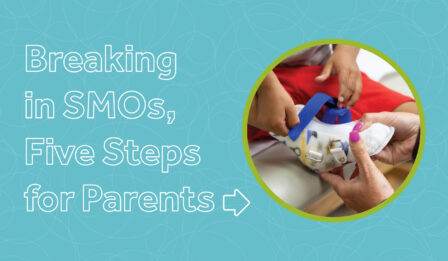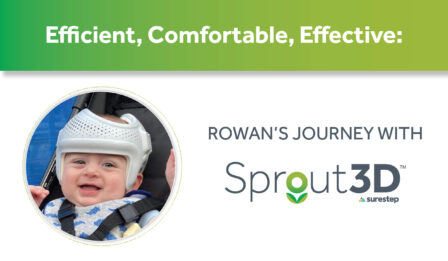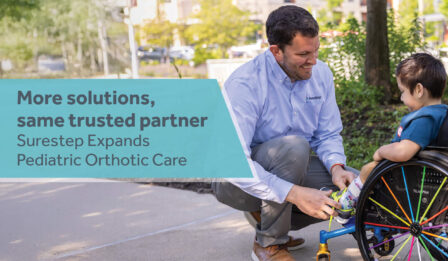5 Red Flags That Indicate Your Child May Need SMOs

“Does my child need SMOs?” Parents ask this all the time.
And it’s an important question because the issues SMOs address can have long-term implications.
To find out if SMOs might be a helpful part of your child’s future, here are six red flags to look for.
5 Red Flags
Seeing one or many of these red flags doesn’t necessarily mean SMOs are the only solution.
But they can be a strong indication help is needed.
If your parental intuition repeatedly gnaws at you that something isn’t quite right, share those concerns with a doctor or physical therapist.
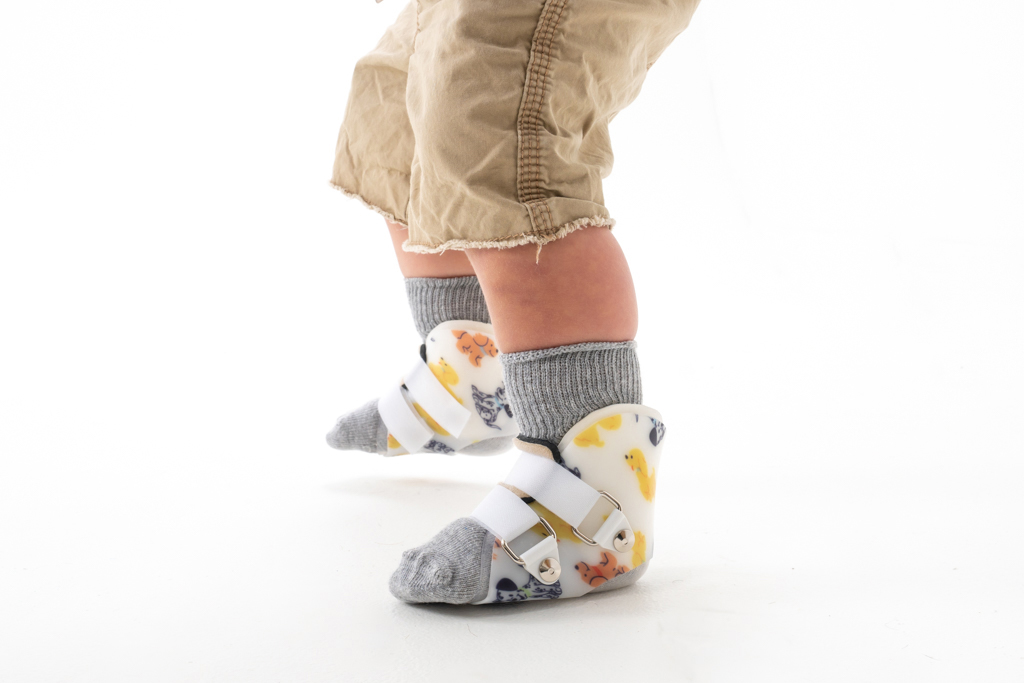
1. Developmental Delays
Kids progress at their own pace.
But there are specific age ranges when milestones are typically met. If a child lags behind, it’s important to ask why.
Kids who need SMOs may keep pace with peers as they work on floor mobility, such as crawling and rolling.
However, the gap becomes noticeably wider as they progress through upright gross motor skills:
- Pulling to stand
- Standing
- Walking
- Running
- Jumping
If your child is falling behind in these key areas, he or she may need SMOs.
2. Family History
Flat feet. Excessive pronation. Foot deformities.
All of these have some genetic components to them.
There’s no guarantee that anything gets passed on to your child. But if something is already in the family, your child is at a higher risk.
If you or another family member is currently dealing with the long-term impacts of flat feet, you can potentially save your child future pain by asking about SMOs.
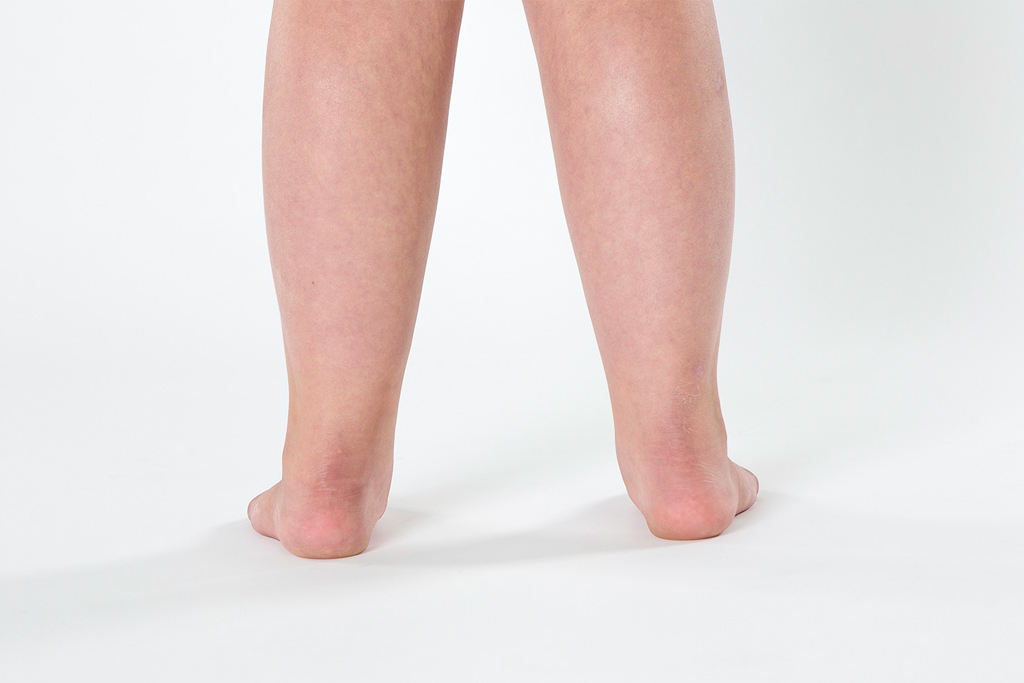
3. Inward Ankles
All kids start with flat feet.
Arches only develop from regular walking, and specifically, from a heel-toe gait pattern.
So a sunken arch can be deceptive. Instead, look for heels that excessively tilt inward. This is a sign of overpronation.
Here’s an easy, visual test.
- Have your child stand barefoot and look from directly behind.
- Do you see multiple toes on the outside, but no big toe? That’s pronation.
If your child’s heels tilt in, SMOs can guide their feet into proper alignment.
Outward Toes
This is a continuation of the red flag above.
Pronation has a specific sequence.
The heel tilts in, which causes the arch to collapse, which causes the toes to push out.
It’s a series of dominoes.
This ends up with the foot being shaped sort of like a boomerang.
If your child’s toes push out, SMOs can move them back where they need to be.

4. Frequent Falls
Kids fall.
A lot.
Learning to walk is an exercise in failure.
So it’s difficult to put a number on typical falling versus frequent falling.
Instead, look at the progression.
If your child has been walking for several months, but continues to fall regularly, SMOs may be needed to provide foot and ankle stability.
5. Odd Gait
Gait is simply the way a person walks.
A typical, mature gait pattern starts with the heel making floor contact, followed by the rest of the foot and toes.
An unnatural gait is often a response to a limitation or an adaptation.
It can be difficult to describe, but you know it when you see it.
If your child has his or her own unique way of walking, SMOs may help.
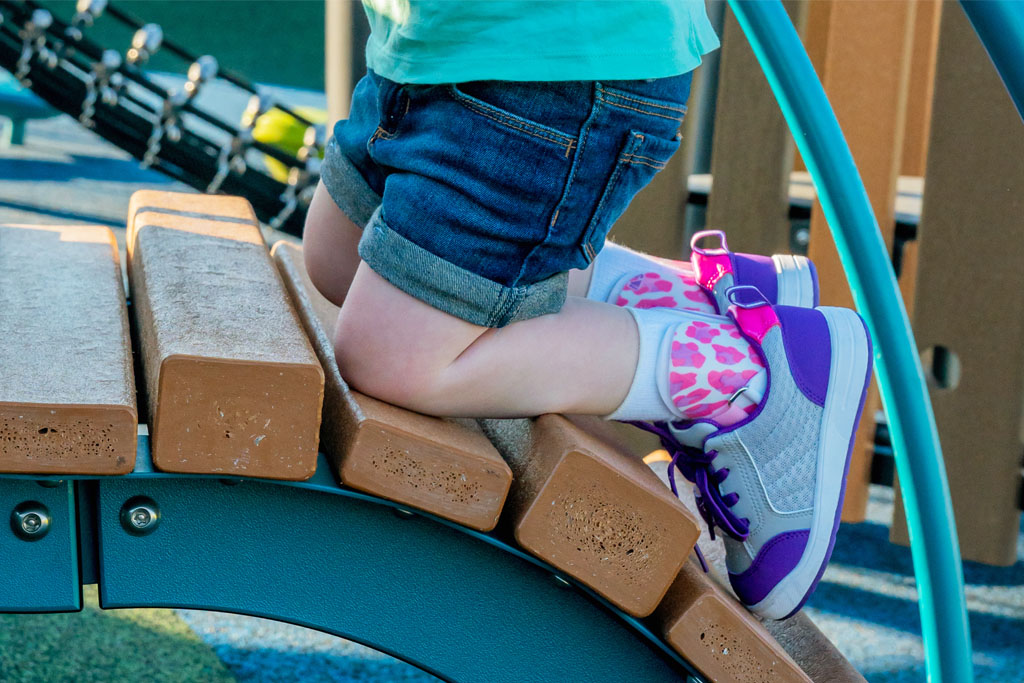
How Can I Get SMOs?
Custom orthotics, such as our Surestep SMOs, are available through your local orthotist.
But first, you will need a doctor’s prescription.
Some doctors are more proactive than others when it comes to orthotics. So this may need to be a conversation you initiate.
If that talk leaves you feeling brushed off or if you’re simply told to “wait and see,” know that you are not helpless.
You are also able to refer yourself to Early Intervention. These federally funded programs are available in every community within the United States. No doctor’s referral is required.
Just remember, not all SMOs are the same.
There are plenty of inferior copycats out there.
If you want Surestep SMOs, ask for us by name.
How can I get SMOs for my child?

